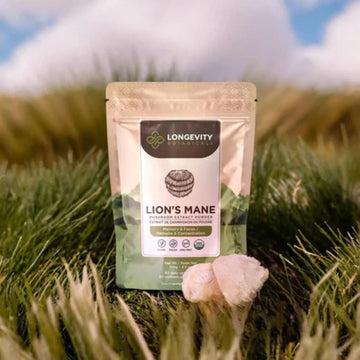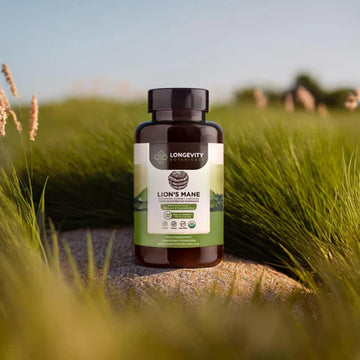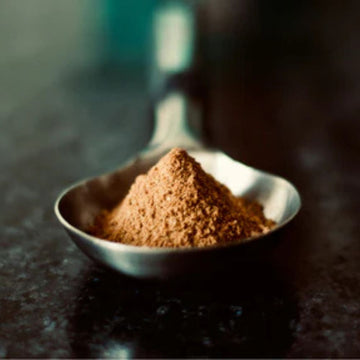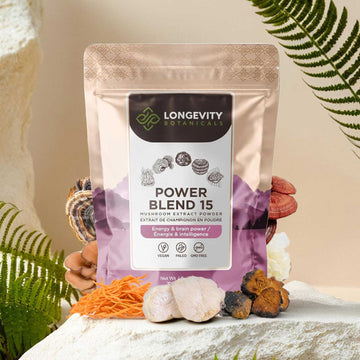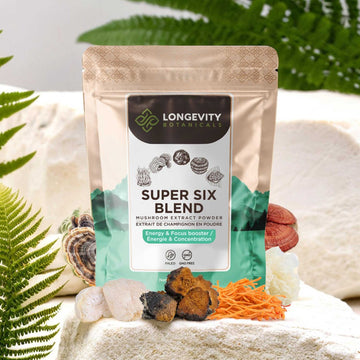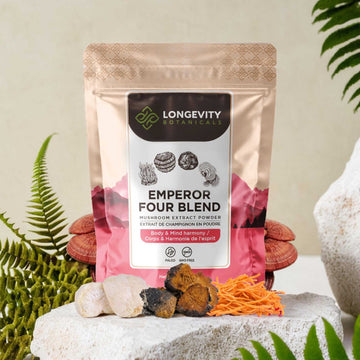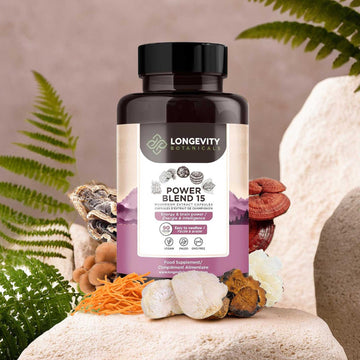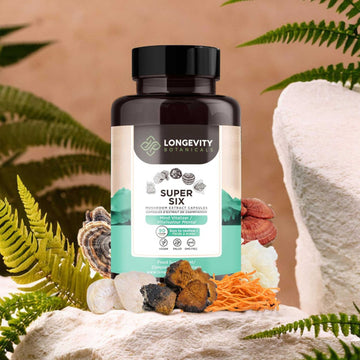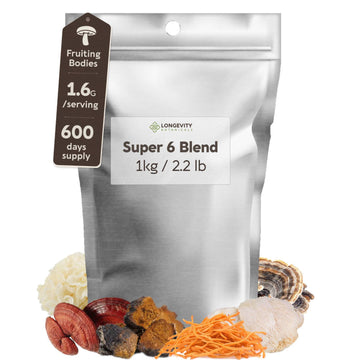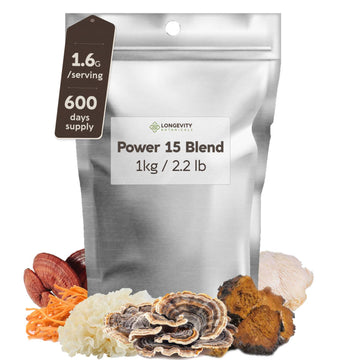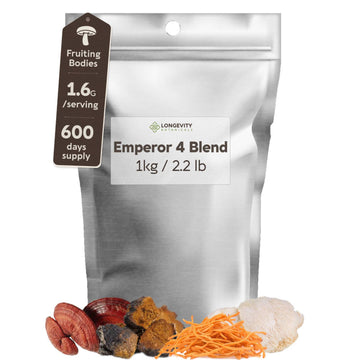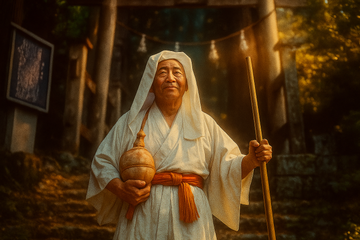The mountain path to razor-sharp awareness
Picture predawn silence on a cedar-lined trail high above Japan’s Sea of Clouds. A lone Yamabushi ascetic cups steaming tea brewed from shaggy white Lion’s Mane mushroom. The earthy aroma mingles with pine resin as he prepares for hours of walking meditation. For centuries these mountain monks relied on the brew to stay alert and centered through punishing spiritual treks. Their ritual speaks to a timeless human desire: natural focus without jittery stimulants.
Who are the Yamabushi?
Origins: Yamabushi, meaning “one who lies in the mountains,” belong to shugendō, a syncretic practice blending esoteric Buddhism, Shinto and Taoist nature worship. They arose around the 9th century and still train on peaks like Dewa Sanzan and Mount Daisen.
Training style: Weeks of silent trekking, waterfall austerities and fire ceremonies forge mental stamina and devotion.
Dietary simplicity: Monks live on foraged roots, wild greens and medicinal fungi. Lion’s Mane, called yamabushitake in Japanese, literally “mountain monk mushroom,” became a staple for cognition and nerve vigor.
For a vivid cultural overview, see this guide to the Yamabushi mountain monks.
Why Lion’s Mane entered their teacups
Adaptable foraging: Lion’s Mane fruits on decaying beech and oak trunks common to Tohoku forests, making it accessible to roaming ascetics.
Culinary ease: The shaggy “pom-pom” dries quickly and re-hydrates into a tender, crab-like texture, ideal for simple soups and teas.
Early empirical effects: Monks reported clearer chanting, steadier breath counts and fewer mind-wandering episodes after sipping the infusion. Though they had no microscopes, they recognized a tangible boost in mental stamina.
Modern science confirms the monk’s intuition
Researchers now know Lion’s Mane (Hericium erinaceus) contains hericenones and erinacines, small molecules that stimulate NGF. NGF supports the survival and branching of neurons, a foundation for learning and memory.
Clinical findings:
- A double-blind trial in 50–80-year-olds with mild cognitive impairment found that 3 g of dried fruiting-body powder daily for 16 weeks significantly improved Hasegawa dementia scores compared with placebo, with benefits fading four weeks after stopping intake (Mori 2009 study).
- An in-vitro study showed aqueous Lion’s Mane extract boosted neurite outgrowth by 60 percent in NG108-15 cells, demonstrating direct neurotrophic action (Lai 2013 study).
- A four-week cookie intervention in 30 women reduced depression and anxiety scores on validated scales (Nagano 2010 study).
Proposed mechanisms: Enhanced NGF signaling may increase synaptic plasticity. Lion’s Mane polysaccharides also modulate gut bacteria that influence brain chemistry via the gut-brain axis. Together they can sharpen attention without the adrenal spike of caffeine.
Brewing meditation-grade Lion’s Mane tea at home
Choose your form: Fresh slices, sun-dried chips or a lab-tested powder all work. If you forage, positively identify the mushroom and harvest only mature fruiting bodies.
Simple monk-style infusion:
- Use 2 g of dried Lion’s Mane or 6 g fresh per 250 ml of water.
- Simmer gently for 15 minutes, then steep off-heat for another 10.
- Strain, sip slowly and focus on the subtle umami sweetness.
Upgrade with spices: Modern practitioners often add ginger or a dash of matcha for flavor synergy, but keep the brew light to avoid masking the mushroom’s notes.
Selecting a potent extract in today’s market
Not every supplement matches monastic purity. Look for these markers:
- Fruiting-body only. Avoid mycelium-on-grain powders that dilute active compounds. Our own capsules deliver 100 percent fruiting body with 20 percent beta-D glucans.
- Transparent beta-glucan label. This is the easiest way to gauge immune and neurological potency.
- Hot water or bio-enhanced extraction. Water unlocks polysaccharides while preserving hericenones. Learn why in this primer on bio-enhanced water extraction.
- Third-party purity tests for heavy metals and pesticides. You will find detailed certificates on all of our organic mushroom extracts.
From mountain trails to city desks
Yamabushi ascetics sought enlightened awareness amid alpine silence. Today most of us chase clarity in cubicles, lecture halls and buzzing cafés. A daily cup of Lion’s Mane tea or two capsules of high-potency extract can bridge that ancient-modern divide. Pair the mushroom with deliberate breathwork or five minutes of seated stillness to recreate a fragment of the monk’s ritual. Your inbox may never rival Mount Haguro’s misty peaks, yet the same neural pathways that kept Yamabushi footsteps sure can keep your attention anchored through the digital storm.
Takeaway: Lion’s Mane offers a rare blend of cultural heritage and cutting-edge neuroscience. Brew it, sip it and let a centuries-old mountain practice sharpen your modern mind.
